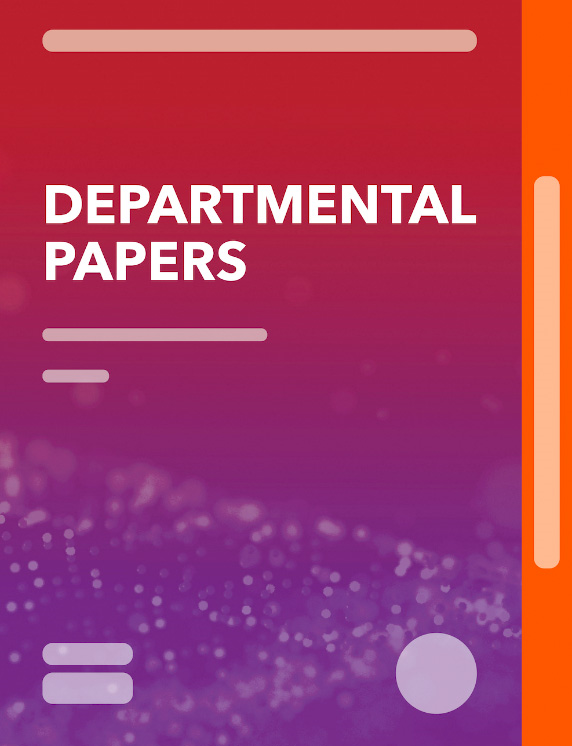The Measurement and Macro-Relevance of Corruption: A Big Data Approach
August 31, 2018
Disclaimer: IMF Working Papers describe research in progress by the author(s) and are published to elicit comments and to encourage debate. The views expressed in IMF Working Papers are those of the author(s) and do not necessarily represent the views of the IMF, its Executive Board, or IMF management.
Summary
Corruption is macro-relevant for many countries, but is often hidden, making measurement of it—and its effects—inherently difficult. Existing indicators suffer from several weaknesses, including a lack of time variation due to the sticky nature of perception-based measures, reliance on a limited pool of experts, and an inability to distinguish between corruption and institutional capacity gaps. This paper attempts to address these limitations by leveraging news media coverage of corruption. We contribute to the literature by constructing the first big data, cross-country news flow indices of corruption (NIC) and anti-corruption (anti-NIC) by running country-specific search algorithms over more than 665 million international news articles. These indices correlate well with existing measures of corruption but offer additional richness in their time-series variation. Drawing on theory from the corporate finance and behavioral economics literature, we also test to what extent news about corruption and anti-corruption efforts affects economic agents’ assessments of corruption and, in turn, economic outcomes. We find that NIC shocks appear to negatively impact both financial (e.g., stock market returns and yield spreads) and real variables (e.g., growth), albeit with some country heterogeneity. On average, NIC shocks lower real per capita GDP growth by 3 percentage points over a two-year period, illustrating persistence in the effect of such shocks. Conversely, there is suggestive evidence that anti-NIC efforts appear to have a sustained positive macro impact only when paired with meaningful institutional strengthening, proxied by capacity development efforts.
Subject: Auditing, Big data, Corruption, Crime, Public financial management (PFM), Technology
Keywords: anti-corruption, anti-corruption effort, Auditing, big data, capacity development, corruption, event study, Global, NIC country, NIC level, NIC measure, NIC shock, reform program, text analysis, WP
Pages:
72
Volume:
2018
DOI:
Issue:
195
Series:
Working Paper No. 2018/195
Stock No:
WPIEA2018195
ISBN:
9781484373095
ISSN:
1018-5941






